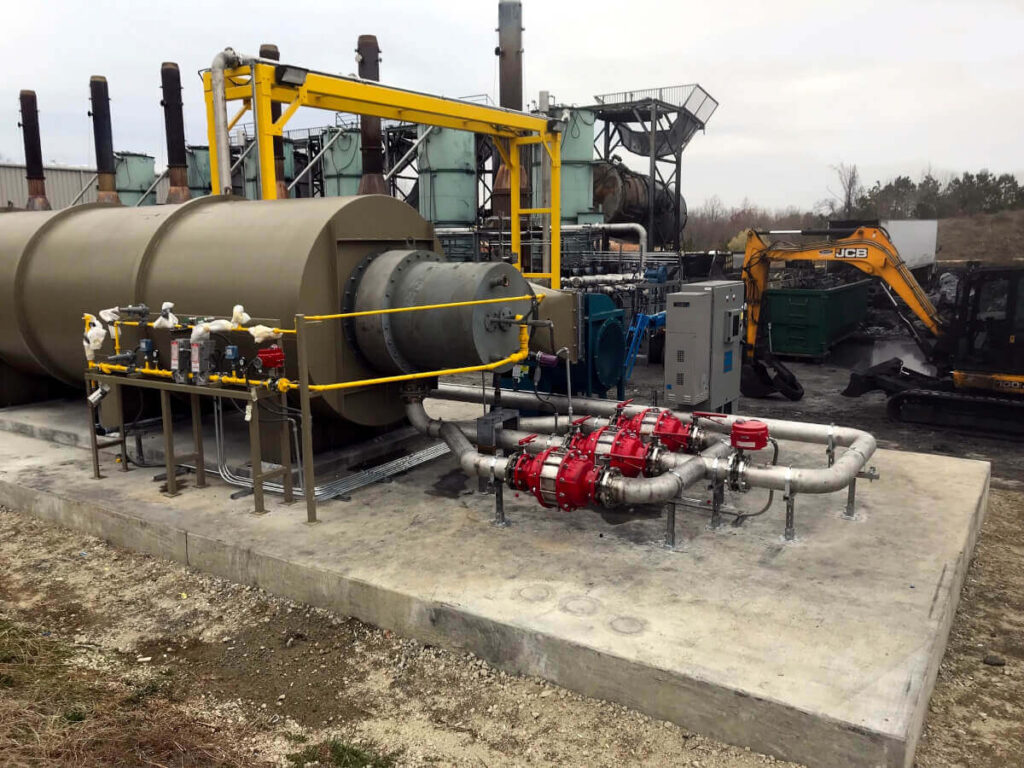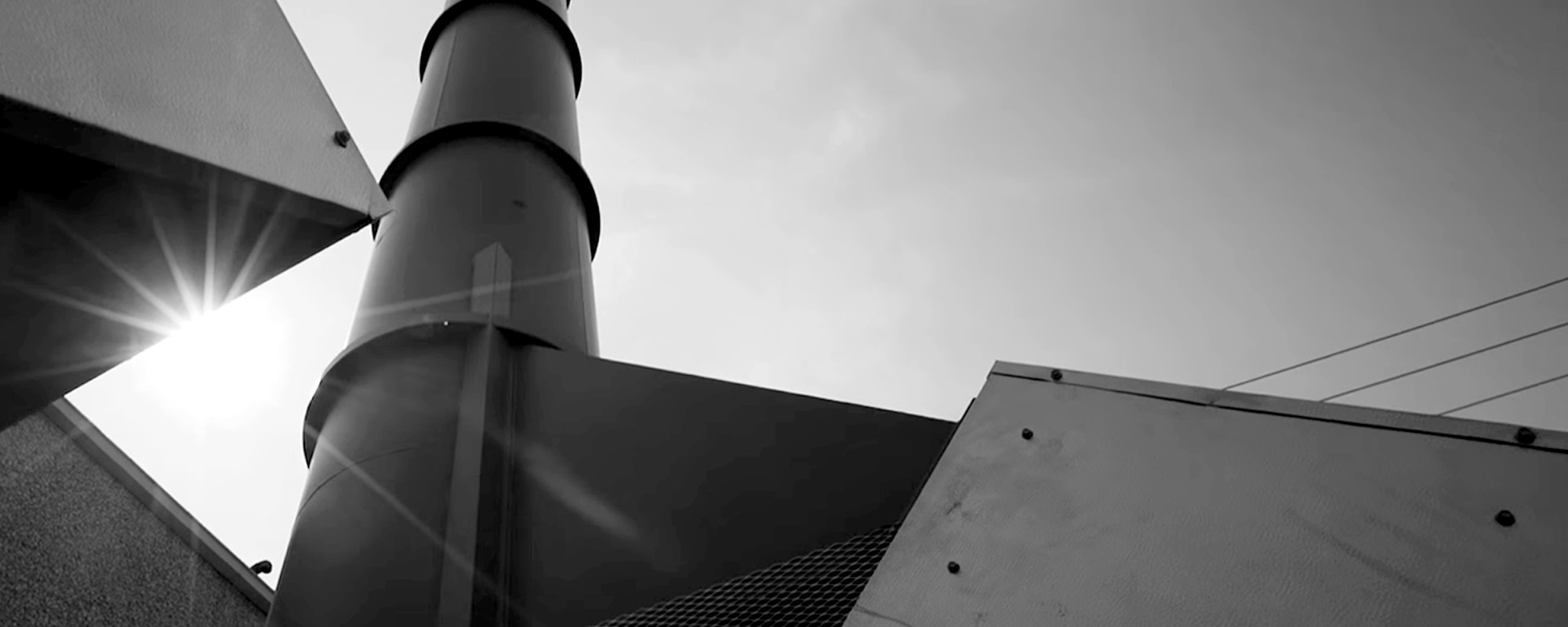Midstream
Midstream is the bridge between oil & gas producers and consumers; it is paramount to keeping the global economy running. Midstream operations encompass five different categories: processing & treatment, storage, transportation, and export.
Why do Midstream Facilities Need APC?
The industry’s VOCs, methane, and HAPs emissions are one of the largest industrial sources of these pollutants, contributing to ground-level ozone formation and other atmospheric events. Benzene, ethylbenzene, and n-hexane are examples of air toxics in midstream operations that can cause serious health effects. Due to the implications of these air pollutants, industrial facilities must control their emissions due to regulations spanning all levels of government.
Processing & Treating / Upstream
Midstream overlaps with some upstream production processes. In the exploration process of crude oil and natural gas, the offshore rigs that are used can require enclosed flares during upset conditions. The processing and treating efforts occurring during upstream production can require air emissions control.
Processing operations help recover valuable natural gas liquid (NGL) products (i.e., ethane, propane, butane, etc.) from natural gas. Treatment entails removing any impurities from the natural gas to make it pipeline-quality.
Crude oil follows a similar process but goes to fractionation centers after collection to be separated into usable feedstocks and used in petrochemical processing for consumer goods or refined into fuels.
These processes can emit VOC and HAP vapors into the environment during normal operations but most often during upset conditions; if an upset event occurs, facilities can emit large amounts of pollutants in a very short period of time.
Storage of NGL, Gas, Crude Oil & Refined Products
If natural gas is not needed for use right away, it goes into underground storage facilities. The tank storage units that hold the raw NGLs, natural gas, crude oil, and refined products can emit vapors into the atmosphere during the filling of tanks and as the tanks heat up during the day. We have effectively removed hydrocarbons, methane, and other VOC emissions from midstream storage operations.
Transportation
In the midstream industry, pipelines (link to tank and pipeline degassing) are essential for transporting oil and natural gas from extraction and processing sites. Pipelines need regular maintenance to preserve their integrity. To do this, they require degassing, which properly cleans them from natural gas residues prior to working on the pipelines. Some natural gases contain large amounts of hydrogen sulfide (H2S) and carbon dioxide (CO2), which are corrosive to pipes and can cause ruptures or leaks. Amine treating (gas sweetening) is employed; passing gas streams through absorbers removes the H2S and CO2 by a lean solvent. The resulting rich solvent is then regenerated, and it is here where air pollution control is necessary.
Three types of pipelines exist for natural gas: gathering systems, transmission pipelines, and distribution pipeline systems.
- Gathering systems – generally operated by midstream companies and are a network of small-diameter, low-pressure pipelines that bring raw natural gas from the wellhead to the processing plant.
- Transmission pipelines – are wide-diameter, long-distance pipelines that transport saleable natural gas from production sites to market areas, sometimes thousands of miles across the United States.
- Local distribution companies – operate distribution pipeline systems; they can be found in thousands of communities from coast to coast and distribute natural gas to homes, factories, and businesses.
APC Technologies Applicable to Midstream Operations
Midstream facilities can effectively treat their air emissions using the following systems:
- Enclosed Flares – a common technology used for midstream operations, they are effective for upset conditions.
- Recuperative Thermal Oxidizers – have higher thermal efficiencies
- Regenerative Thermal Oxidizers – also have higher thermal efficiencies
Intelligent APC Solutions for Your Midstream Operation
If you are in the market for air pollution control equipment for your midstream processing & treating, storage, or transportation operations, Pollution Systems can design and engineer an intelligent system to control your emissions.


